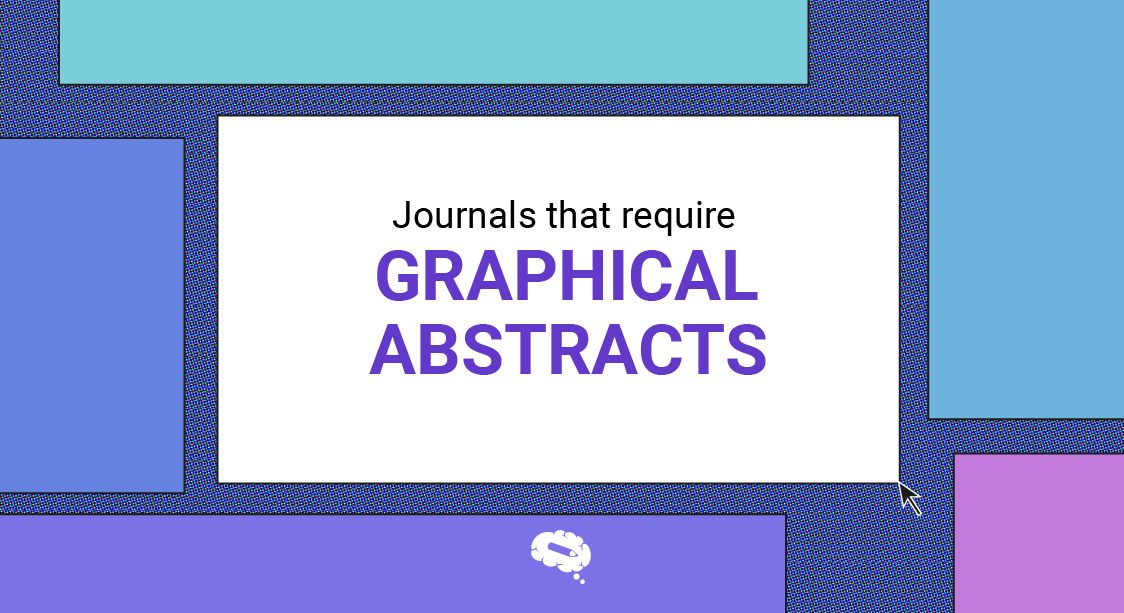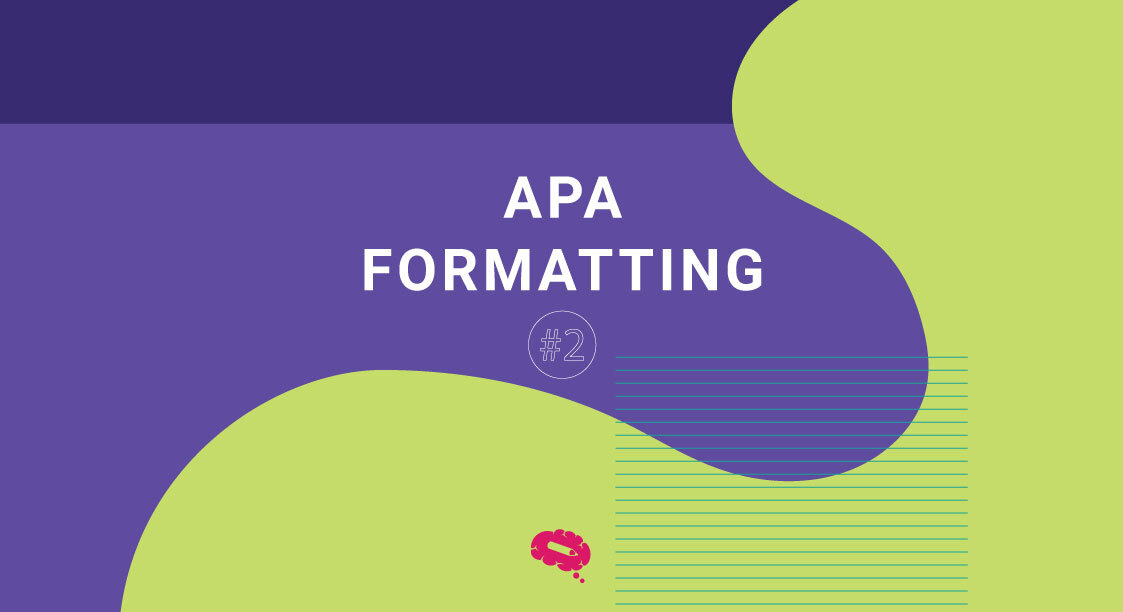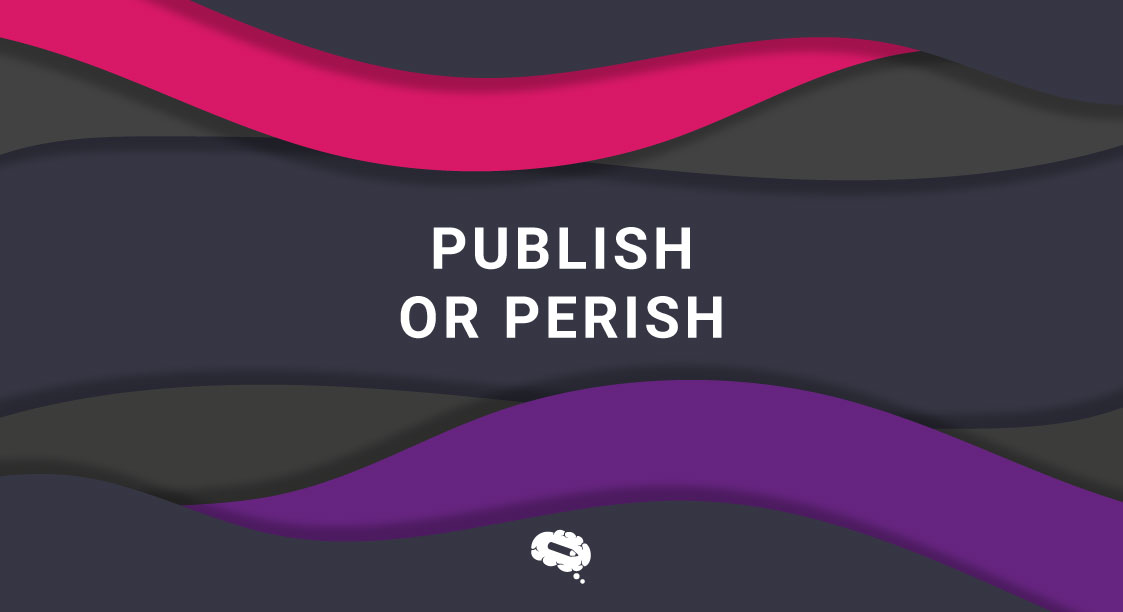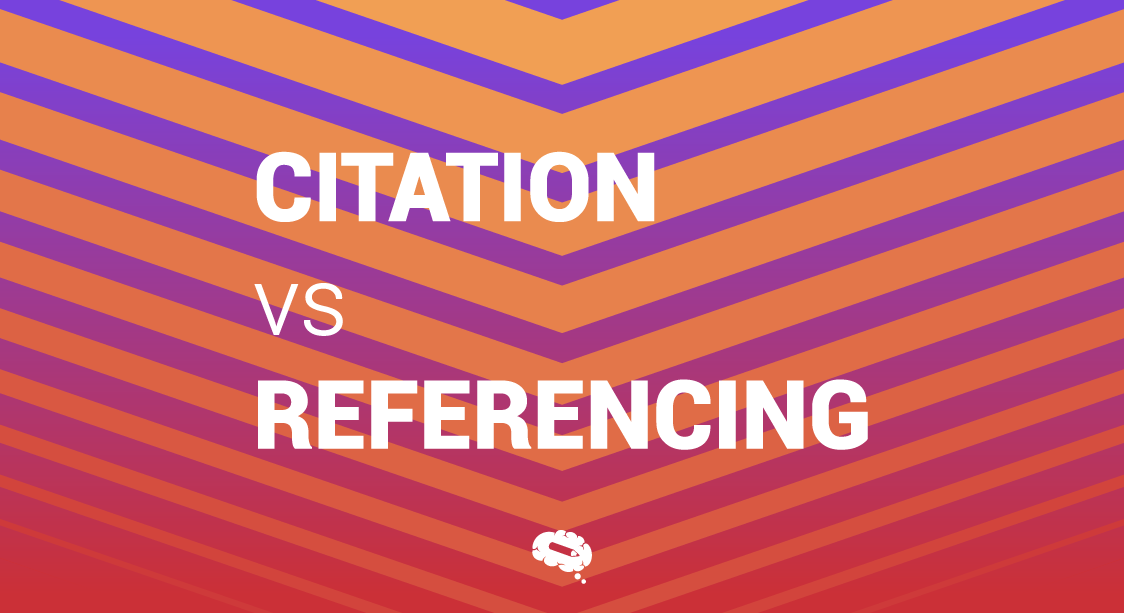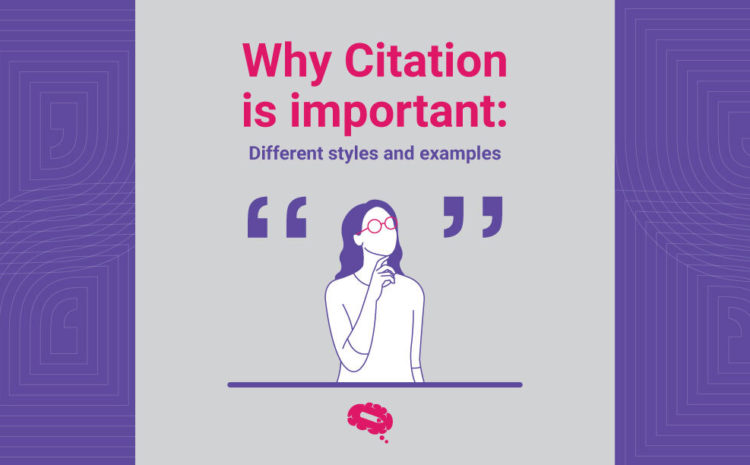The American Institute of Physics (AIP) citation style is a widely used format for referencing sources within the physical sciences. Mastering this citation style not only ensures that you give due credit to the original authors but also enhances the readability and professionalism of your paper.
This comprehensive guide aims to demystify the AIP citation style, offering clear instructions and examples for both in-text citations and reference lists. We will explore the general principles of AIP citation style, provide specific guidelines for citing different types of sources, and address special cases that may arise during your research. Additionally, practical tips will be shared to help you maintain accuracy and consistency throughout your work.
Basics of AIP Citation Style
The American Institute of Physics (AIP) citation style is a widely adopted format for referencing sources in the field of physical sciences. It ensures that all sources are properly credited and provides a standardized method for researchers to follow, enhancing the clarity and consistency of scientific writing. Understanding the basics of AIP citation involves mastering both in-text citations and the construction of a comprehensive reference list. Here, we will explore the fundamental components of the AIP citation style, including the format, placement, and examples of various types of references.
In-Text Citations
In AIP citation style, in-text citations are presented as superscript numbers corresponding to the full reference list at the end of the document. Each source is numbered consecutively as it appears in the text and should be used whenever you reference, paraphrase, or directly quote from another work to allow readers to trace the original sources. For example:
- Recent studies have shown significant advancements in quantum computing¹
- The experiment was conducted as outlined in previous research.²
Reference List
The reference list in AIP style is located at the end of your document and provides comprehensive details for each source cited in the text. References are listed numerically in the order they appear in the text. For example:
- Journal Article: J. D. Doe, “Quantum entanglement and information theory,” Phys. Rev. A 82, 012345 (2010).
- Book: A. B. Author, Nanotechnology in Medicine (Springer, New York, 2013).
- Conference Paper: C. E. Researcher, “Graphene-based materials for energy storage,” presented at the 10th Annual Conference on Nanotechnology, San Francisco, CA, 2012.
Citing Different Types of Sources
When citing sources in AIP citation style, it’s essential to adhere to specific formats for different types of publications. Below are guidelines and examples for citing various types of sources:
Books
- Single Author: A. B. Author, Title of the Book (Publisher, City, year).
- Example: J. Smith, Introduction to Quantum Mechanics (Springer, New York, 2015).
- Multiple Authors: A. B. Author and C. D. Author, Title of the Book (Publisher, City, year).
- Example: A. Smith and B. Johnson, Advanced Materials Science (Wiley-VCH, Weinheim, 2018).
- Edited Books: A. Editor (ed.), Title of the Book (Publisher, City, year).
- Example: S. Brown (ed.), Handbook of Nanotechnology (CRC Press, Boca Raton, 2017).
Journal Articles
- Single Author: J. D. Doe, “Title of the Article,” Journal Name Volume Number, page numbers (year).
- Example: J. Smith, “Applications of Quantum Computing,” Phys. Rev. Lett. 110, 123456 (2013).
- Multiple Authors: J. D. Doe, A. B. Author, and C. D. Researcher, “Title of the Article,” Journal Name Volume Number, page numbers (year).
- Example: A. Smith, B. Johnson, and C. Williams, “Graphene Synthesis Techniques,” Appl. Phys. Lett. 98, 041234 (2011).
- Digital or Online Articles: J. D. Doe, “Title of the Article,” Journal Name Volume Number, page numbers (year), [URL].
- Example: J. Smith, “Nanotechnology Trends,” Nano Lett. 15, 1234-1238 (2015), [https://doi.org/10.1021/nl5040419].
Conference Papers
- Format for Conference Papers: C. E. Researcher, “Title of the Paper,” presented at the Conference Name, City, year.
- Example: S. Brown, “Recent Advances in Quantum Computing,” presented at the International Conference on Quantum Technology, Paris, 2019.
Websites
- Format for Online Sources: A. B. Author, “Title of the Webpage,” website name, [URL].
- Example: J. Smith, “Introduction to AIP Citation Style,” American Institute of Physics, [https://www.aip.org/style].
Special Cases and Additional Guidelines
In the AIP citation style, there are specific rules and considerations for citing special cases and handling various scenarios that may arise in academic writing. Here are guidelines for addressing these special cases:
Author Names
- Citing Authors with the Same Name: Include initials to distinguish between authors with identical surnames. For example, use “J. Smith” and “A. Smith” to differentiate between John Smith and Alice Smith.
- Multiple Works by the Same Author: List works chronologically, starting with the earliest publication. For instance, cite “Smith (2010)” followed by “Smith (2015)” for publications by the same author in different years.
Non-Standard Sources
- Citing Unpublished Works: Reference unpublished works such as theses, dissertations, or reports by specifying the title of the work and its status (e.g., “unpublished”).
- Example: A. Johnson, “Quantum Computing Algorithms,” unpublished.
- Citing Personal Communications: When referencing personal communications, include the author’s name, the nature of the communication (e.g., “personal communication”), and the year.
- Example: J. Brown, personal communication, 2023.
Practical Tips for Accurate Citation
In academic writing, precise and consistent citation practices are crucial for maintaining integrity and clarity in your work. Here are practical tips to ensure accurate citations in accordance with AIP style:
- Double-Check Details of Every Source: Verify author names, publication dates, and page numbers meticulously. Inaccurate details can undermine the credibility of your references.
- Keep a Consistent Style Throughout: Maintain uniformity in citation format, punctuation, and capitalization across all citations within your document. Consistency enhances readability and professionalism.
- Use Referencing Tools and Software: Employ citation management tools such as EndNote, Mendeley, or Zotero to organize references and automate citation formatting. These tools help reduce errors and save time.
- Follow AIP Style Guidelines: Familiarize yourself with the specific rules and formatting guidelines of AIP citation style. Refer to authoritative sources or style guides for any uncertainties.
- Check for Updates and Revisions: Stay informed about any updates or revisions to the AIP style guidelines. Updates may include changes in formatting or citation rules that affect your references.
- Cross-Verify Cross-References: When citing multiple sources within a single statement or paragraph, ensure that each reference corresponds accurately to its citation number in the text.
By adhering to these practical tips, you can effectively implement AIP citation style in your academic writing, ensuring accuracy, consistency, and adherence to scholarly standards.
Comparison with Other Citation Styles
Citation styles serve as standardized methods for referencing sources in academic and scientific writing, ensuring clarity, consistency, and proper attribution of ideas. The American Institute of Physics (AIP) citation style is tailored specifically for the physical sciences, offering a structured approach to citing sources that differs in several key aspects from other prominent citation styles, such as APA (American Psychological Association) and MLA (Modern Language Association).
Format of In-Text Citations
- AIP: Utilizes superscript numbers within the text to denote citations, sequentially numbered as they appear in the document. This style prioritizes numerical order for referencing sources.
- APA: Employs author-date citations in parentheses or narrative form within the text, providing the author’s surname and year of publication.
- MLA: Uses parenthetical citations with the author’s last name and page number(s) for specific references.
Structure of Reference Lists
- AIP: Lists references numerically at the end of the document, corresponding to the order of citation in the text. Each entry includes detailed bibliographic information.
- APA: Arranges references alphabetically by the author’s last name, followed by initials. Multiple works by the same author are organized chronologically.
- MLA: Alphabetizes references by the author’s last name and provides detailed bibliographic information in a specific format.
Handling Multiple Authors
- AIP: Includes all authors’ names in the reference list and uses superscript numbers for in-text citations, avoiding the use of commas between multiple citation numbers.
- APA: Uses “&” between authors’ names for works with two authors and “et al.” for three or more authors in both in-text citations and the reference list.
- MLA: Follows a similar approach to APA for multiple authors, emphasizing clarity and brevity in citations.
Treatment of Online Sources
- AIP: Incorporates URLs or DOIs (Digital Object Identifiers) for online sources in the reference list, ensuring accessibility and traceability of digital content.
- APA: Prioritizes DOIs when available for online articles, supplementing with URLs when DOIs are not provided.
- MLA: Emphasizes URLs as a means to locate online sources, providing detailed guidance on formatting electronic references.
The World’s Largest Scientifically-Accurate Illustrations Gallery
Mind the Graph stands as the world’s largest gallery of scientifically accurate illustrations, offering researchers and scientists an invaluable resource for visually communicating complex concepts. With a commitment to scientific precision, the platform hosts a diverse array of customizable graphics across fields like biology, chemistry, and medicine. By transforming intricate data into compelling visuals, Mind the Graph facilitates effective science communication, making complex information accessible and impactful globally.

Subscribe to our newsletter
Exclusive high quality content about effective visual
communication in science.



